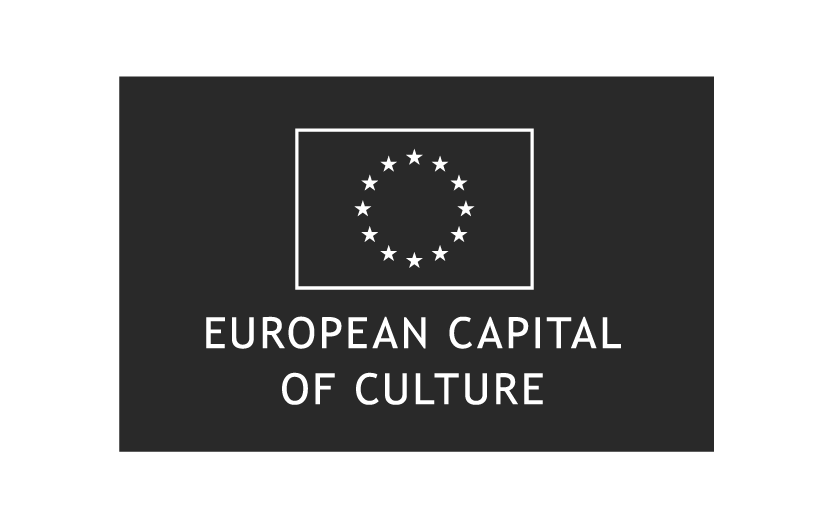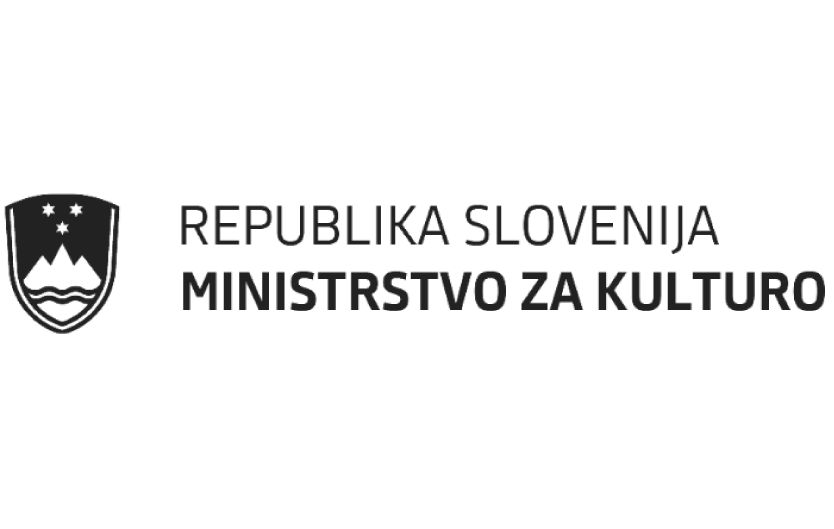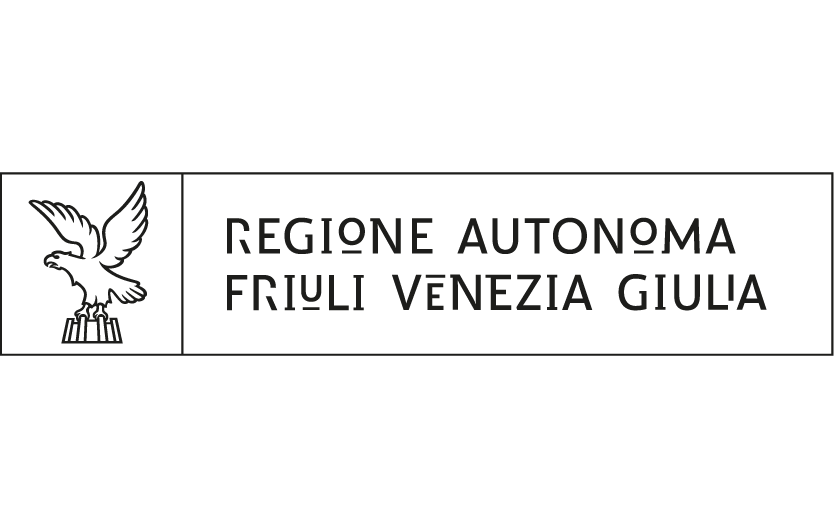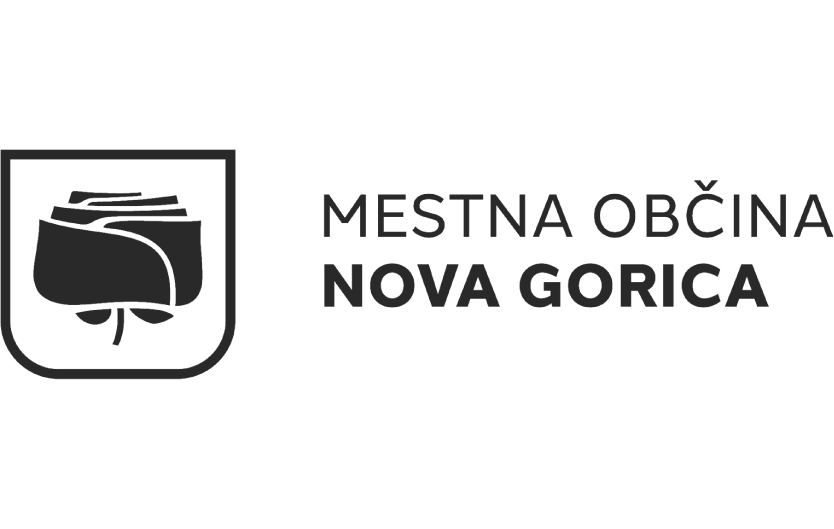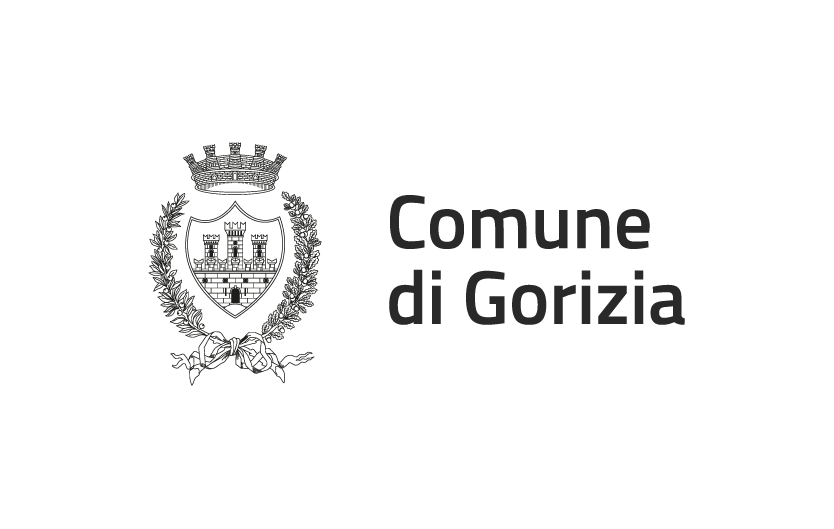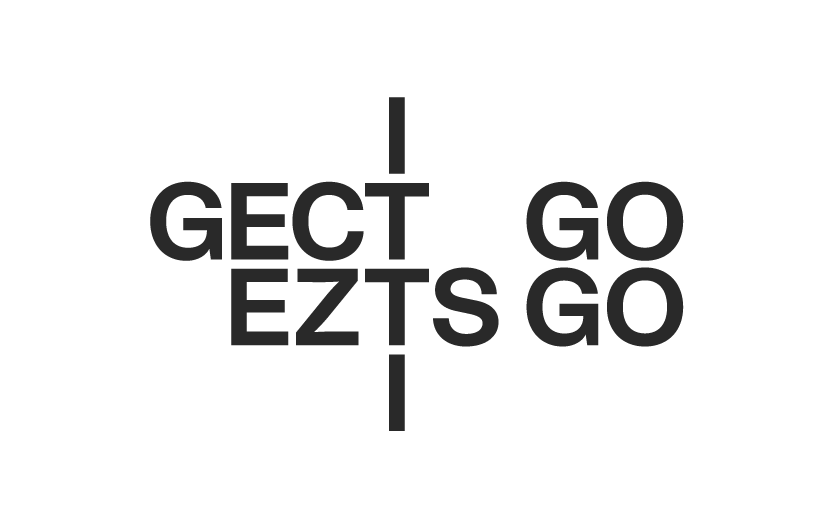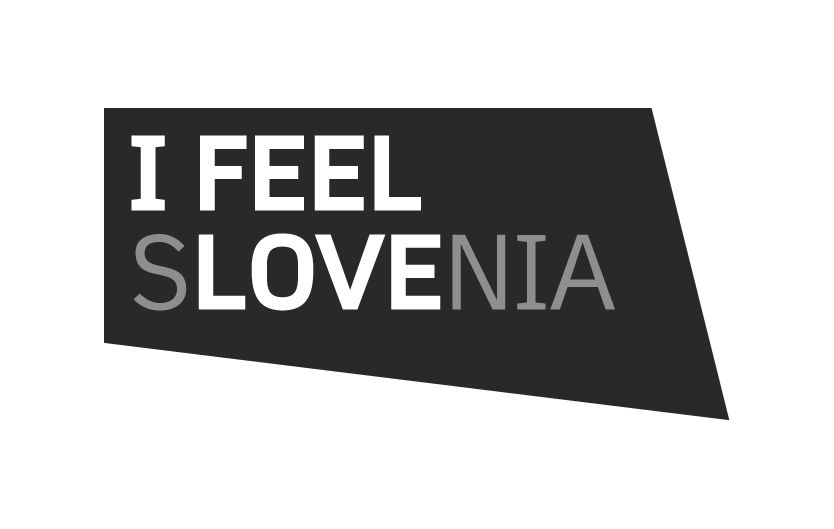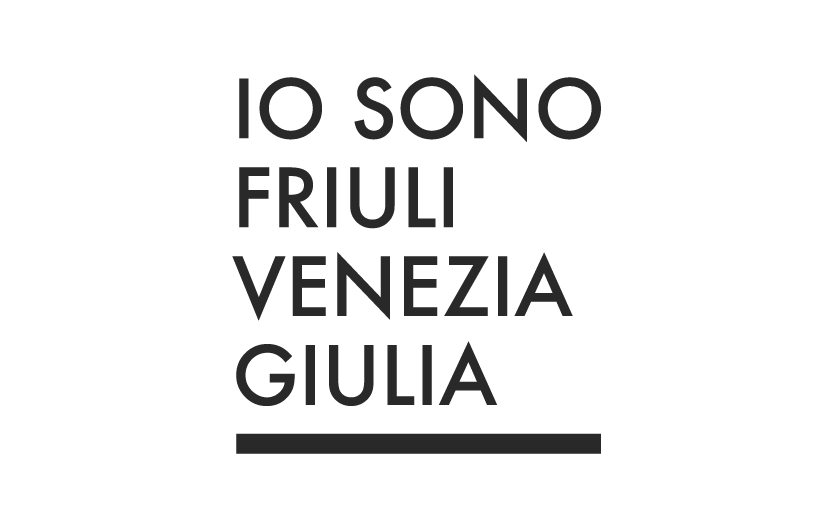When:
from 17:00 to 20:00
VIATORES - Musical and interdisciplinary paths through the Isonzo bioregion / Gorizia
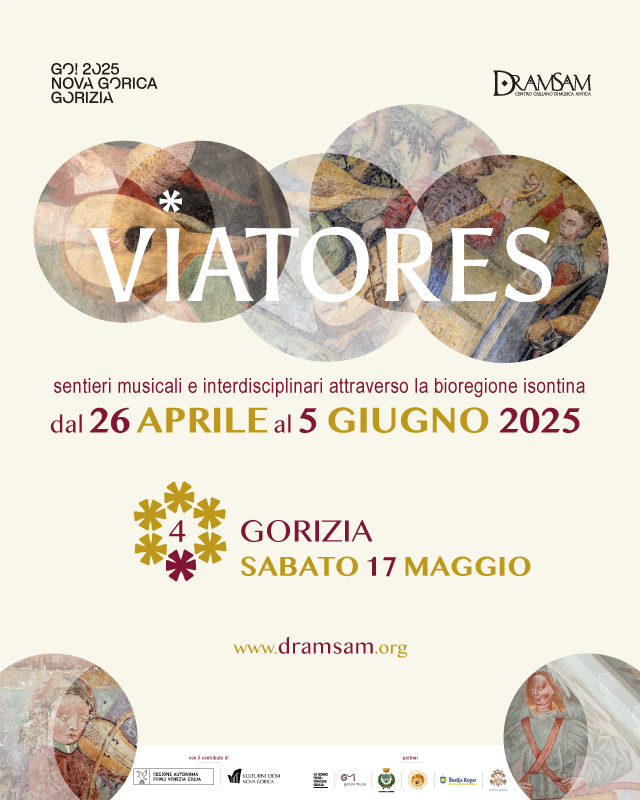
VIATORES is a six-stage journey through the areas marked by the Soča river. Each stage offers a nature or historical excursion accompanied by a guide and a concert with ancient instruments in one of the many ancient churches in the Isonzo area.
5 p.m. Lantieri Palace (Piazza Sant'Antonio 6) Guided tour by Carolina Lantieri of the 16th-century music-themed frescoes inside the palace and guided tour of the “Persian” planted garden.
Palazzo Lantieri has been over the centuries a landmark and cultural center for Gorizia and its County, as well as for all of Mitteleuropa. It was built in the 14th century to defend the southeastern entrance to the city.
After a number of extensions and embellishments, the fortress was transformed with the passage of time into the noble palace from which illustrious personalities passed including the Royals of France, Pontiff Pius VI, Archduchess Maria Theresa of Austria, Napoleon, but also prominent cultural figures such as Goethe, Schiller, Goldoni, Pietro Metastasio, Casanova, and Lorenzo Da Ponte, who mentioned it in their works.
In addition to housing installations by the best international avant-garde artists, the palace preserves important works of art from the Renaissance. 6.30 p.m. Gorizia Cathedral Bilingual lecture by Caterina Trovato on the architecture of the Gothic chapel of Sant'Acatio, the only surviving part of the ancient layout of the Cathedral, and on the musical instruments depicted.
To follow: Concert by the Dramsam Ensemble: Non fu mai più bel sollazzo III Music and popular devotion between the Middle Ages and the Renaissance.
From the 9th century onwards, forms of popular devotion began to emerge that would find massive diffusion with the Franciscan movement of the 13th century and with the birth of the confraternities, groups of faithful that adopted forms of prayer and devotion often far removed from the officiality of ecclesiastical rites.
The salient feature of these extraliturgical forms of prayer is the use of everyday language for texts accompanied by music, a form known as ‘lauda’ that continued to be practised until the 18th century and that often relied on popular musical repertoires, including dance music.
The programme Non fu mai più bel sollazzo presents in four episodes the different forms of lauda practised from the late Middle Ages to the late Renaissance.
The concert is accompanied by detailed information on the sources, the musical instruments used (all faithful copies of the instruments in use at the time), and the functions and characteristics of the laudatory repertoire. Dramsam Ensemble Alessandra Cossi: Voice, synphony, percussion Marco Ferrari: Flutes, bagpipes Fabio Tricomi: Vielle, flutes, percussion Fabio Accurso: Lutes, direction Discover all the events of the review: www.dramsam.org/viatores
Language info
Event language: IT, SLAccessibility
Wheechair***GO! 2025 has its own policy for event publication, available at this link. Not all information provided may be current and/or accurate and GO! 2025 does not accept any responsibility in this regard. It's recommended to contact the event organizer directly to verify the information of interest.
